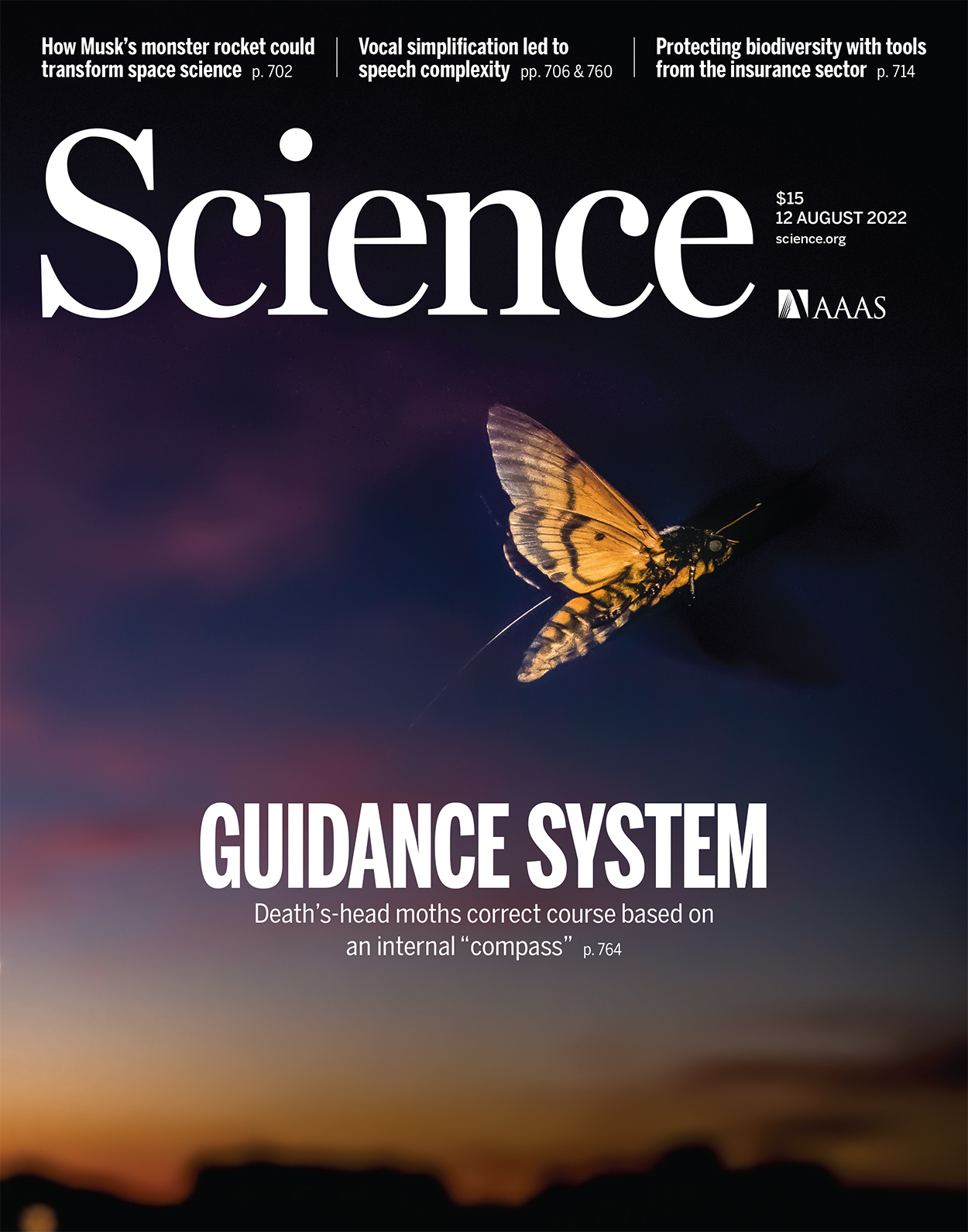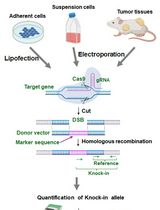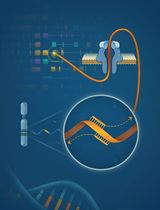- EN - English
- CN - 中文
Polysome Profiling in Adult Mouse Testes
成年小鼠睾丸中的多聚体分析
(*contributed equally to this work) 发布: 2023年06月05日第13卷第11期 DOI: 10.21769/BioProtoc.4686 浏览次数: 2071
评审: Gal HaimovichHeng SunMarion Hogg
Abstract
Polysome profiling is widely used to isolate and analyze polysome fractions, which consist of actively translating mRNAs and ribosomes. Compared to ribosome profiling and translating ribosome affinity purification, polysome profiling is simpler and less time consuming in sample preparation and library constructions. Spermiogenesis, i.e., the post-meiotic phase of male germ cell development, is a highly coordinated developmental process in which transcription and translation are decoupled because of nuclear condensation, resulting in translation regulation as the major mode for the regulation of gene expression in post-meiotic spermatids. To understand the translation regulation during spermiogenesis, an overview of translational state of spermiogenic mRNAs is required. Here, we describe a protocol to identify translating mRNAs using polysome profiling. Briefly, mouse testes are gently homogenized to release polysomes containing translating mRNAs, following polysome-bound mRNAs isolated by sucrose density gradient purification and characterized by RNA-seq. This protocol allows to quickly isolate translating mRNAs from testes and analyze the discrepancy of translational efficiency in mouse testes from different mouse lines.
Key features
• Quickly obtain polysome RNAs from testes.
• Omit RNase digestion and RNA recovery from gel.
• High efficiency and robustness compared to ribo-seq.
Graphical overview

Schematic illustrating the experimental design for polysome profiling in mouse testes. Mouse testes are homogenized and lysed in Sample preparation, and polysome RNAs are enriched by sucrose gradient centrifugation and used to calculate translation efficiency in Sample analysis.
Background
Gene expression is regulated at multiple levels, including epigenetic modifications, transcription, splicing, translation, etc. Among these, translation is the most important step in determining the level of protein expression (Schwanhäusser et al., 2011). An in-depth study of the translation process may connect the transcriptome with the proteome, allowing us to understand the regulatory mechanisms underlying the dynamic gene expression. Polysome profiling is a highly repeatable method used to identify mRNAs associated with polysomes, which can be isolated by subjecting cytosolic extracts to a continuous sucrose gradient (Chassé et al., 2017). Compared to polysome profiling, western blot is low throughput and should be coupled with RT-qPCR to qualitatively analyze the translation efficiency of specific genes; ribo-seq produces a precise snapshot of translatome by sequencing the RNA fragments protected by ribosomes from RNase-mediated degradation, which renders ribo-seq less efficient in identifying differences in translation efficiency. During male germ cell development, transcription and translation of spermiogenic mRNAs occur at distinct developmental stages, known as the uncoupling of transcription and translation (Steger, 1999; Sassone-Corsi, 2002). However, how those mRNAs transcribed in earlier developmental stages of spermatocytes and/or how round spermatids are translationally activated in late spermatids remain open questions. In our recently published work (Kang et al., 2022), we identified FXR1 as a potential translation activator of spermiogenic mRNAs. To verify the necessity of FXR1 for translation, we need to compare the translation efficiency in control and Fxr1 knockout mouse testes. To this end, we established the protocol for polysome profiling in adult mouse testes based on the method previously described (Ingolia et al., 2012).
Materials and reagents
1.5 mL microcentrifuge tube
2 mL Eppendorf tubes
20 mL syringe
C57BL/6N male mice
Cycloheximide (CHX) (MCE, catalog number: HY-12320)
cOmpleteTM EDTA-free protease inhibitor cocktail tablets (Roche, catalog number: 04693132001)
SUPERase•InTM RNase inhibitor (Invitrogen, catalog number: AM2694)
Triton X-100 (EMD Millipore, catalog number: 648466)
Sucrose, RNase- & DNase-free (AMRESCO, catalog number: 0335)
RNAiso Plus (Takara, catalog number: 9109)
Tris-HCl (1 M, pH 7.0, RNase-free) (Invitrogen, catalog number: AM9851)
NaCl (5 M) (Invitrogen, catalog number: AM9760G)
MgCl2 (1 M) (Invitrogen, catalog number: AM9530G)
Chloroform (Sinopharm Chemical Reagent, catalog number: 10006818)
Isopropanol (Sinopharm Chemical Reagent, catalog number: 80109218)
Ethanol (Sinopharm Chemical Reagent, catalog number: 10009218)
Polysome buffer (see Recipes)
Lysis buffer (see Recipes)
60% sucrose grading solution (see Recipes)
10% sucrose grading solution (see Recipes)
75% ethanol (see Recipes)
Equipment
Ultra-clear centrifuge tube, 14 × 89 mm (Beckman Coulter, catalog number: Z90805SCA)
Biocomp Gradient Maker and Fractionator (Biocomp)
Beckman Coulter Optima L-80 XP ultracentrifuge (with rotor SW41 Ti) (Beckman Coulter)
Dounce homogenizer, 2 mL (Sangon, catalog number: F519062)
Tweezers (Sangon Biotech, catalog number: F519022)
Scissor (Sangon Biotech, catalog number: F519234)
100 mm cell culture dish, DNase- & RNase-free (WHB-100)
Software
We perform all sequencing data analyses under the Linux system. We use the conda program to create the environment for polysome profiling data analysis and build computational pipelines using the snakemake program with the following software:
Sratoolkit (https://github.com/ncbi/sra-tools/wiki/01.-Downloading-SRA-Toolkit)
Fastqc (https://www.bioinformatics.babraham.ac.uk/projects/fastqc/)
Samtools (https://github.com/samtools/samtools)
Rsubread (https://bioconductor.org/packages/release/bioc/html/Rsubread.html)
DESeq2 (https://bioconductor.org/packages/release/bioc/html/DESeq2.html)
Databases
The genome sequences and gene annotation can be downloaded from the Genecode database (mm10 version 23), and tRNA and rRNA sequences can be downloaded using the UCSC Table Browser.
Genecode (https://www.gencodegenes.org/)
UCSC Genome Browser (https://genome.ucsc.edu/)
Procedure
文章信息
版权信息
© 2023 The Author(s); This is an open access article under the CC BY-NC license (https://creativecommons.org/licenses/by-nc/4.0/).
如何引用
Readers should cite both the Bio-protocol article and the original research article where this protocol was used:
- Kang, J. Y., Zhong, A., Wen, Z., Yu, X., Zhou, Y. and Liu, M. F. (2023). Polysome Profiling in Adult Mouse Testes. Bio-protocol 13(11): e4686. DOI: 10.21769/BioProtoc.4686.
- Kang, J. Y., Wen, Z., Pan, D., Zhang, Y., Li, Q., Zhong, A., Yu, X., Wu, Y. C., Chen, Y., Zhang, X., et al. (2022). LLPS of FXR1 drives spermiogenesis by activating translation of stored mRNAs. Science 377(6607): eabj6647.
分类
发育生物学 > 繁殖
分子生物学 > RNA > mRNA 转译
分子生物学 > RNA > RNA 测序
您对这篇实验方法有问题吗?
在此处发布您的问题,我们将邀请本文作者来回答。同时,我们会将您的问题发布到Bio-protocol Exchange,以便寻求社区成员的帮助。
提问指南
+ 问题描述
写下详细的问题描述,包括所有有助于他人回答您问题的信息(例如实验过程、条件和相关图像等)。
Share
Bluesky
X
Copy link












